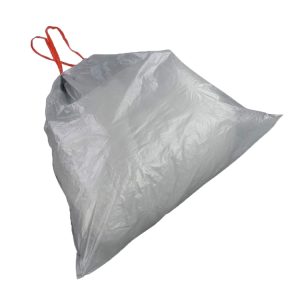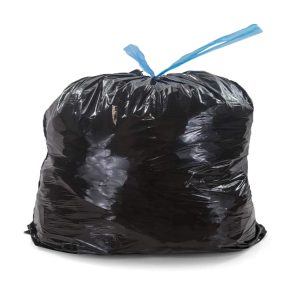1. PE (polyethylene):
PE is the world’s largest production of synthetic resin and the largest consumption of plastic packaging materials. Polyethylene products are divided into three types: low density, medium density and high density. Among them, high-density polyethylene (HDPE) has a high degree of crystallinity, and its hardness, air tightness, mechanical strength, and chemical resistance are good, so it is blow-molded to make bottles and other hollow containers. Utilizing the characteristics of good PE heat-sealing performance, the containers made of various composite materials produced can hold various beverages such as lemon juice and fruit juice.
2. PVC (Polyvinyl Chloride): PVC can be roughly divided into three categories: hard products, soft products and paste products. The seamless line of PVC bottles produced by injection stretch blow molding has uniform wall thickness and can hold carbonated beverages such as cola, soda, etc.; PVC bottles produced by extrusion blow molding are only suitable for containing juice and mineral water.
3. PP (polypropylene): The development of polypropylene transparent packaging bottles has been a hot spot for plastic packaging at home and abroad in recent years. With the successful development of transparent modifier—nucleating agent, 0.1%—0.4% sorbitol xylene (benzaldehyde) nucleating agent is added to ordinary PP to produce highly transparent PP Bottles can be widely used in beverage packaging that requires heat sterilization, such as concentrated fruit juices, which require high-temperature filling. They are affordable, pressure-resistant and temperature-resistant, and are new rivals to PS, ABS, PET, and PE bottles.








